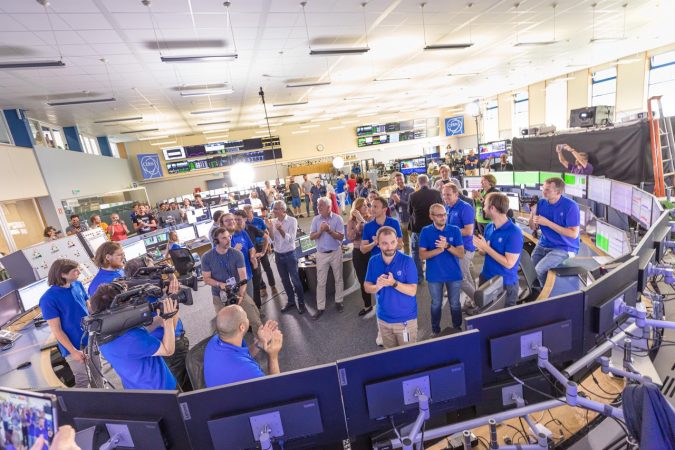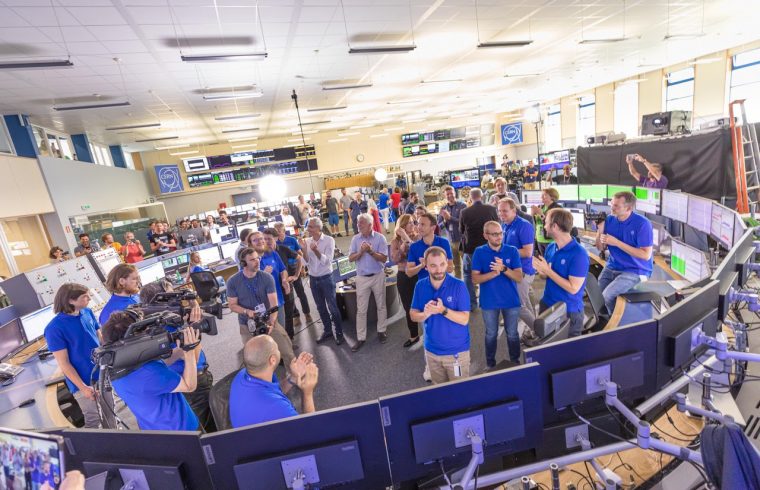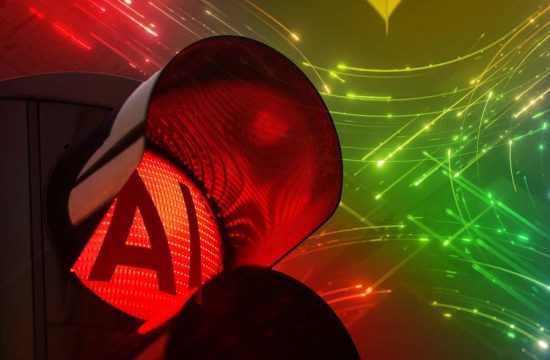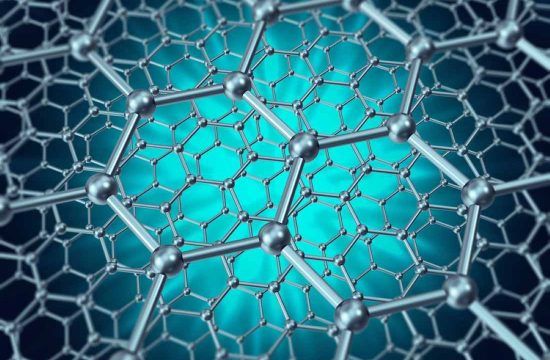The European Organization for Nuclear Research, CERN has successfully run the Large Hadron Collider (LHC) for the third time on July 5, 2022.
CERN scientists’ round of applause broke out in the CERN Control Centre at 4.47 p.m. CEST when LHC detectors switched on all subsystems. Then, it started recording high-energy collisions at the unprecedented energy of 13.6 trillion electronvolts (TeV), ushering in a new physics season.
The CERN said that after over three years of upgrade and maintenance work, the LHC is now set to run for close to four years at the record energy of 13.6 TeV, providing greater precision and discovery potential.

This feat was made possible thanks to the operators who had worked around the clock since LHC restarted in April to ensure the smooth beginning of these collisions with higher-intensity beams and increased energy.
Fabiola Gianotti. Director-General, CERN says, “This technology opens a new era in high energy Physics for universe exploration by which sending mental law to the universe. “It will also understand how quarks are composed, how ordinary matter binds together, and help to develop medical device application.”
According to the CERN’s further mission: to increase collision rates, higher collision energy, upgraded data readout, and selection systems, new detector systems, and computing infrastructure: all these factors point to a promising physics season that will further expand the already very diverse LHC physics program.








